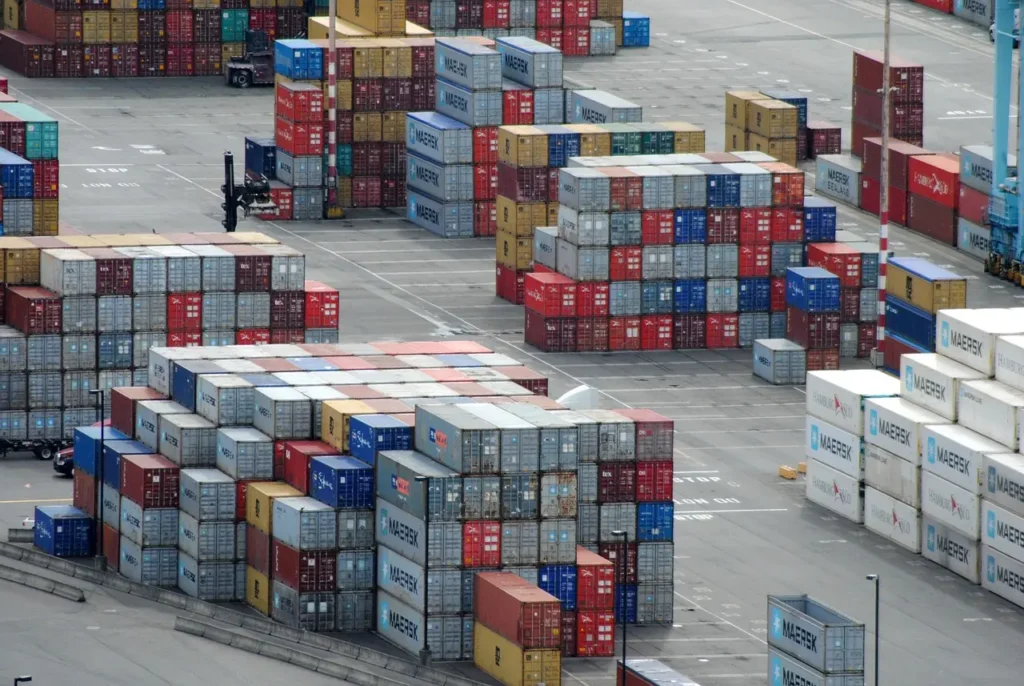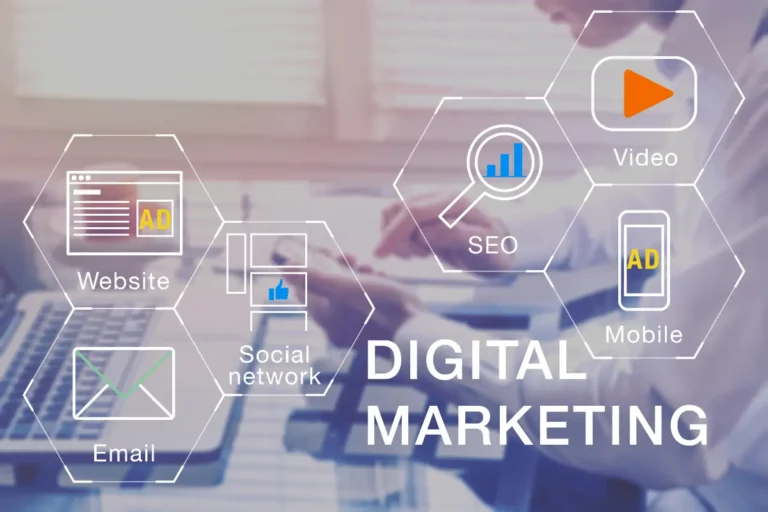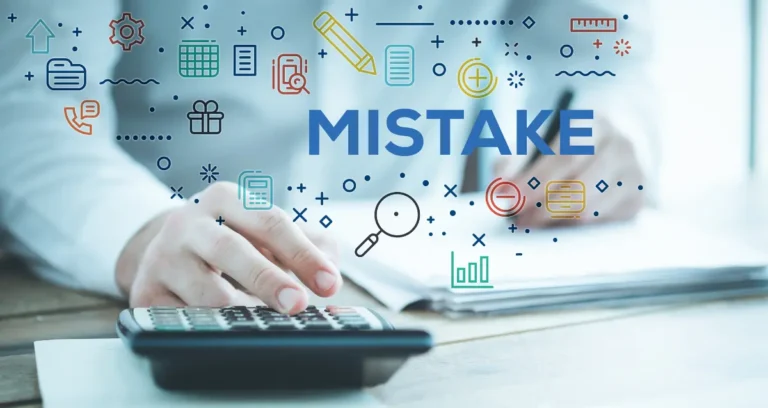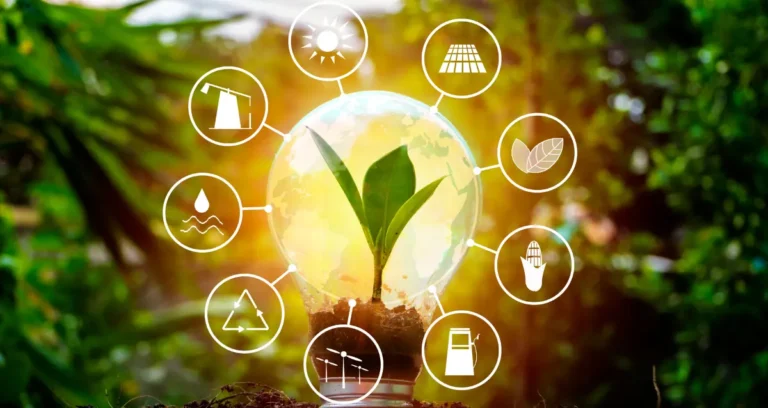E-commerce Shipping Strategies: How to Meet Customer Expectations in 2025
Shipping has evolved from being an afterthought to a major pillar of customer satisfaction in e-commerce. In 2025, customers will no longer be satisfied with “fast”; they will demand flexible, transparent, and sustainable delivery solutions that seamlessly fit into their lifestyles. For businesses, getting it right is essential not just to delight customers but to stay competitive in a crowded marketplace.
Why Shipping Has Become a Make-or-Break Factor
The convenience of e-commerce has set high expectations for shipping. Customers expect packages to arrive as quickly and seamlessly as their online purchases were made. Delivery times, options, and even packaging have become powerful tools for businesses to win loyalty — or risk losing it to competitors.
For entrepreneurs launching an e-commerce business, it is essential to think beyond just inventory and marketing. Processes such as company registration should be accompanied by strategic planning for logistics and delivery. Building scalable solutions from the start ensures that businesses can meet customer demands effectively as they grow and adapt to changing market needs.
What Customers Expect in 2025
Faster Than Fast
Same-day delivery is an expectation in urban areas. Meeting this requires innovative logistics solutions, such as decentralized warehouses and advanced route optimization.
Visibility and Control
Customers want real-time updates and the ability to manage deliveries. A transparent shipping process that puts control in the hands of the consumer enhances trust and loyalty.
Sustainability
Shoppers are more eco-conscious than ever. From recyclable packaging to carbon-neutral delivery options, sustainability is not just a preference — it’s a requirement.
Personalization
One-size-fits-all delivery options are replaced with choices that cater to individual needs, like flexible timeframes or alternate pickup points. These personalized options enhance convenience and build customer loyalty by showing that their preferences are prioritized.
How to Build an Excellent Shipping Strategy in 2025?
Integrate Technology
Smart logistics systems are the backbone of efficient e-commerce shipping. Automated systems can streamline operations, from inventory management to route planning. Advanced tracking tools ensure customers are always informed and create a frictionless experience.
Offer Flexible Options
Flexibility is the new black. Let customers choose delivery dates, locations, and even packaging preferences. Multiple options allow your business to accommodate diverse needs while boosting satisfaction.
Focus on Sustainability
Build sustainability into every layer of your strategy. Partner with eco-friendly couriers, minimize waste, and implement carbon offset programs to demonstrate a commitment to the environment.
Use Data to Refine Operations
Analyze customer behavior and feedback to identify pain points in your process. Use these insights to optimize delivery times, improve communication, and enhance customer experience.
How to Balance Speed, Cost, and Sustainability

The key for businesses here is finding the sweet spot between speed, affordability, and eco-friendliness. Customers are willing to wait a bit longer if it means receiving their orders sustainably, so clearly communicating options and trade-offs is essential.
Top Practical Steps to Take
- Optimize fulfillment: Set up micro-fulfillment centers close to key markets to reduce transit times and emissions.
- Leverage group shipping: Consolidate multiple orders into single shipments to cut costs and minimize environmental impact.
- Partner with sustainable providers: Collaborate with carriers that offer green delivery solutions to align your business with consumer values.
Simple Ways to Make the Process More Sustainable
- Replace plastic with biodegradable or recyclable packaging.
- Introduce carbon-neutral options at checkout.
- Reduce unnecessary packaging to decrease weight and costs.
What the Future Holds
Drone deliveries, autonomous vehicles, and AI-driven logistics systems are expected to transform the landscape, which makes ultra-fast and ultra-efficient deliveries the norm. However, these innovations require careful planning and significant investment.
But technology alone isn’t enough. Businesses will also need to maintain a strong focus on the human element: understanding what customers value, responding to their needs, and fostering relationships through exceptional service.
Tips to Thrive in 2025
- Stay informed about new technologies and industry trends to stay ahead of the curve.
- Build partnerships with logistics providers who share your values and commitment to sustainability.
- Continuously monitor and refine your processes to adapt to customer feedback and changing expectations.
- Be transparent about your policies and eco-friendly practices to build trust with your audience.
Final Thoughts
Shipping is now a critical part of the customer journey. In 2025, the most successful e-commerce businesses will be those that view it not just as a logistical challenge, but as an opportunity to create value, build trust, and drive loyalty.
A combination of technology, sustainability, and customer focus can help businesses craft shipping strategies that meet the demands of tomorrow’s consumers while strengthening their brand’s position in the marketplace. Investing in a strong delivery framework today sets the stage for success in a competitive environment.







